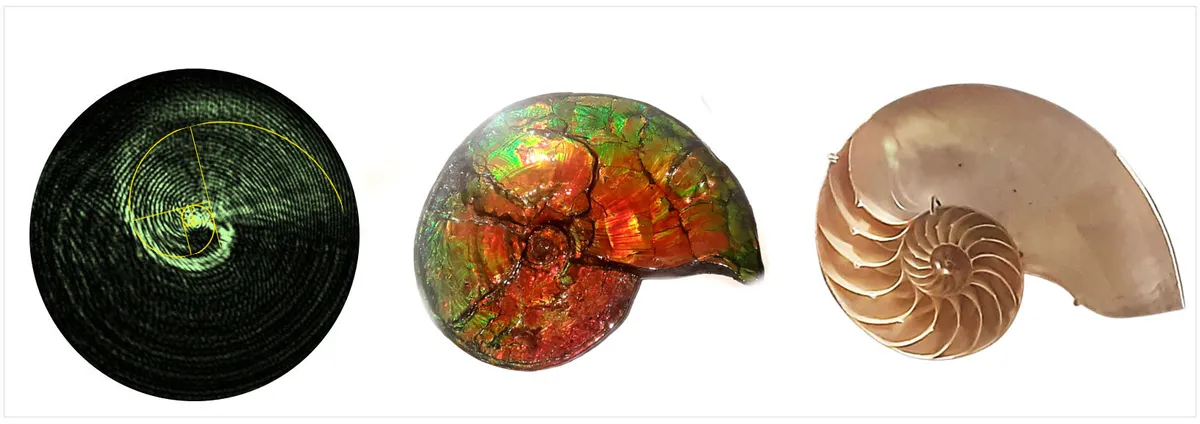
Optical vortices are beams of light that can be manipulated into complex, corkscrew-like shapes. These fascinating phenomena are utilized in various applications ranging from advanced imaging techniques to quantum computing. Recently, a team of applied physicists at Harvard University’s John A. Paulson School of Engineering and Applied Sciences (SEAS) has pushed the boundaries of structured light by introducing a groundbreaking type of optical vortex beam that not only twists but also changes its properties at different rates along its path, resulting in unique and intricate light patterns.
The researchers have coined the term optical rotatum to describe their novel light vortex. This term is inspired by classical mechanics, particularly the concept of torque, which refers to how the twisting force on an object changes over time. According to Federico Capasso, the Robert L. Wallace Professor of Applied Physics and the Vinton Hayes Senior Research Fellow in Electrical Engineering at SEAS, this new behavior of light involves an optical vortex that propagates through space in unusual and exciting ways. The implications of this discovery could be significant for manipulating small particles in various scientific fields.
In an intriguing twist, the research team found that their orbital angular momentum-carrying beam of light grows in a mathematically recognizable pattern that mirrors natural phenomena. This behavior reflects the Fibonacci number sequence, renowned from works like The Da Vinci Code. The optical rotatum propagates in a logarithmic spiral akin to patterns observed in the shells of nautiluses, the arrangement of seeds in sunflowers, and the branching of trees. First author Ahmed Dorrah, now an assistant professor at Eindhoven University of Technology, expressed hope that this research would inspire applied mathematicians to delve deeper into these captivating light patterns and uncover their universal significance.
This research builds upon previous findings where the team employed a metasurface—a thin lens etched with light-bending nanostructures—to generate light beams with controlled polarization and orbital angular momentum. These structures allow for the transformation of light inputs into varying forms that evolve as they propagate. In their latest work, they have introduced an additional degree of freedom, enabling the alteration of spatial torque as the light travels. According to Alfonso Palmieri, a graduate student in Capasso's lab and co-author of the study, this advancement provides even greater versatility in controlling light continuously.
The potential applications for this exotic beam of light are vast. One promising use includes the manipulation of very small particles, such as colloids in suspension, by introducing a novel type of force aligned with the light's unique torque. Furthermore, this innovation could pave the way for developing precise optical tweezers for micro-manipulation tasks. Unlike previous demonstrations requiring high-intensity lasers and cumbersome setups, the Harvard team has achieved this with just a single liquid crystal display and a low-intensity beam. By demonstrating the ability to create an optical rotatum using an industry-compatible, integrated device, they have significantly lowered the barriers for practical applications of this technology.
The creation of the optical rotatum represents a significant leap forward in the field of structured light. With its unique properties and potential applications in particle manipulation and optical tweezing, this research opens new avenues for exploration in both physics and engineering. As the team continues to refine their techniques, the future of optical vortex technology looks promising, with the potential to revolutionize various scientific and industrial applications.